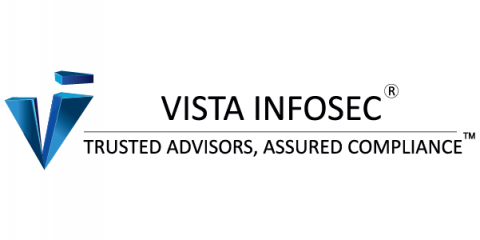Navigating Complex Cloud Environments with CIEM
Securing complex cloud environments is as crucial as it is challenging. The surface area for attack is vast. With the elastic nature of cloud resources, a single compromised service could allow attackers to take over large portions of your infrastructure, often lurking undetected for extended periods. This presents a significant risk to your organization, as your dynamic and ever-evolving cloud environment makes it difficult to maintain control over who has access to what.











